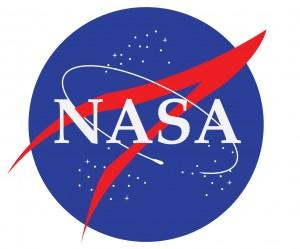
Particularly over the last couple of years there has been a convergence between 3D printing and drone technology. 3D printing enables the rapid production of custom, lightweight parts and sometimes even electronic components, making designing and fabricating a drone much quicker and the end product much more reliable. At the same time, NASA has been exploring both technologies looking for ways to further their reach out into space, exploring other planets and eventually sending human beings to Mars.
As the space agency looks at ways to better explore other planets and asteroids, it’s been revealed this past week that new research is being conducted at NASA’s Kennedy Space Center to send robots into places where traditional rover-like vehicles would not be able to access. These robots, referred to as ‘Extreme Access Flyers,’ which are being designed and fabricated as drone-like vehicles, would be able to navigate the atmosphere (or lack thereof) on other planets using cold-gas jets rather than propellers.
NASA has once again turned to 3D printing to quickly design prototype versions of these drones and is currently testing whether or not they could have these vehicles operate autonomously or if it’s necessary to have humans controlling them from afar.
“This is a prospecting robot,” said Rob Mueller, senior technologist for advanced projects at Swamp Works, a space technology and innovation lab at NASA’s Florida center. “The first step in being able to use resources on Mars or an asteroid is to find out where the resources are. They are most likely in hard-to-access areas where there is permanent shadow. Some of the crater walls are angled 30 degrees or more, and that’s far too steep for a traditional rover to navigate and climb.”
The prototype, made up of several 3D printed parts along with mostly off-the-shelf components, measures approximately 5 feet in width and, if everything goes as planned could be used to one day explore hard to reach areas on Mars such as volcanoes, or incredibly rough terrain on asteroids. Mueller explains why such research, particularly into volcanic features on Mars, could be so important:
“You could put a whole habitat inside a lava tube to shelter astronauts from radiation, thermal extremes, weather and micrometeorites.”
While there is no timeline set for when such a drone could be utilized on Mars or an asteroid, or whether the final version will feature 3D printed components or not, certainly this project shows just how incredibly advanced NASA’s research has become, with 3D printing playing a major role. NASA does say that they hope that multiple drones like these could be used on the next major mission to a celestial body.
“It would have enough propellant to fly for a number of minutes on Mars or on the moon, hours on an asteroid,” said Mike DuPuis, co-investigator of the Extreme Access Flyer project.
Let us know your thoughts about NASA 3D printing parts for future drones which could one day explore geographical features on foreign planets and other celestial bodies. Discuss in the NASA 3D Printed Space Drones forum thread on 3DPB.com. Check out a video of the partially 3D printed space drone below: